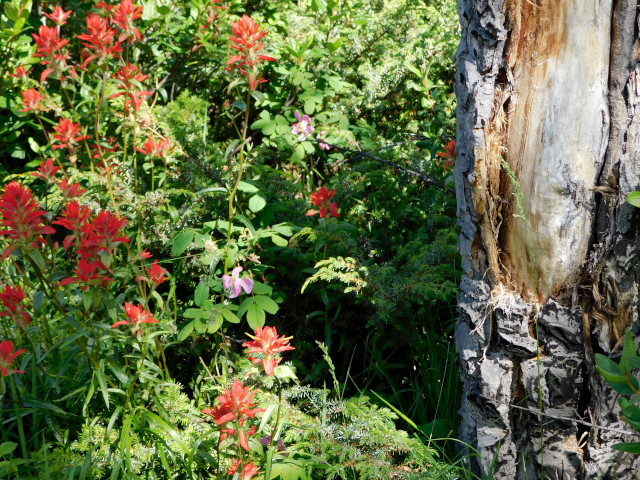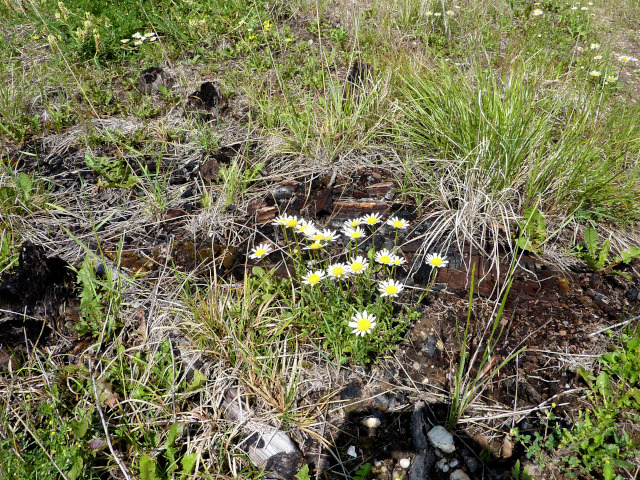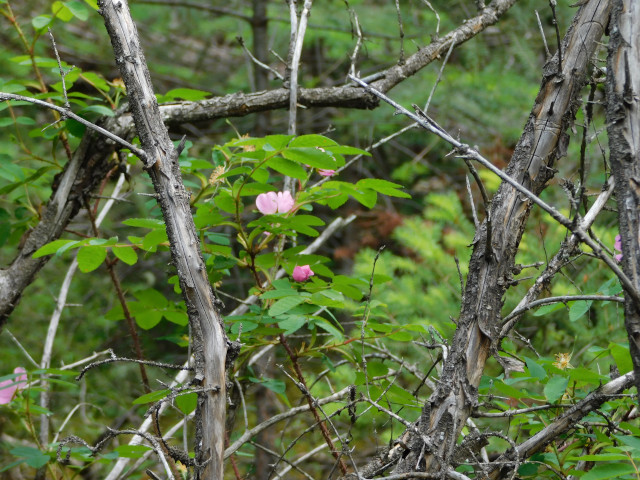In memory of two women friends
It would be a happier task to consider my current summer feast of gains: a wonderfully productive garden, thanks to abundant June rains; a week of splendiferous camping with family in the Rockies for the first time since 2019; more socializing in our backyard than we’ve had since before the pandemic began; long bike rides along river trails alternating with walks in the neighbourhood where we can admire creatively designed front yards and check out all the little libraries with surprising finds. It’s been a good summer already, only halfway through July.

But underneath the sheer pleasures of being able to watch dances in the park again and pick up ice cream at favourite places is the awareness of a veritable feast of losses, to use Stanley Kunitz’s poignant phrase in “The Layers.” I’m not speaking here of the temporary loss of privileges such as easy socialization, concerts, and parades, not to mention unlimited shopping and dining out, or, more seriously, a secure income. What’s in my heart is the weight of the tenuous balance between life and death, which seems these days to have dipped closer to death.
As a friend pointed out to me, during a recent, much welcomed dinner together out of doors, it’s not only that we have experienced too many deaths but that those deaths have not been properly book-ended with supportive visits and tender farewells beforehand and immediate, supported grieving through appropriate community rituals afterward. Too many have died, seemingly alone, and many more have grieved alone. That’s loss compounded with loss. We humans were not meant to function thus.
I belong to a church community—not a large one but it encompasses all age groups—which typically offers a funeral or memorial service of prayers, eulogies, visual memories, a sermon of comfort, carefully selected music, and a luncheon during which stories are told (with tears and laughter), and hugs aplenty are given. Just two months before the pandemic changed everything, I mourned a brother in just such a setting, surrounded not only by immediate family but cousins I hadn’t seen in a long time, friends of my brother whom I’d never met before, a church community whose internal cohesion felt familiar even though it was not my own church community. Death is never easy; loss always leaves a gaping hole, yet the ceremonies of farewell and support gave us strength to move on into continued living, holding our memories tenderly and viewing the world more attentively through tear-washed eyes.
But then, as the pandemic changed the world, came more painful losses, now with mourning rituals aborted, hugs absent, even personal presence too much of a risk. Alone in our home, my husband and I mourned an older friend, the kind of man whose quiet contributions made him known as a pillar of the church, a man of wisdom. It was not a surprise, hence the loss still felt like a part of the rhythms of being. But there were other deaths, too, like that of a very young friend, utterly unexpected, tragic in all ways. To watch the ceremony of mourning on a computer screen was woefully inadequate. The pain still remains sharp, the wound unhealed.
Other deaths were not directly my loss but belonged to friends who were close, so that their grief became mine as well, yet not properly shared. There were clean, dignified deaths; there were unbearable messy, humiliating deaths. All a part of life unfolding as it will. We humans are fragile and rarely as much in control as we imagine.
And then there were two women, each in her own way a mentor to me, although neither would have known that. I got to know them too late in my life to form the kind of long-lasting friendship that I would have cherished, yet even so I learned much from them and valued their presence, their gifts.
I had grown up in a small, mostly Mennonite community, a conservative, conformist community in which women knew their place and rarely challenged those limits. These two women had grown up in similar circumstances but had not remained in their place. They had resisted limits, examined beliefs, and worked through disadvantages to become women known for their courage and for their kindness and inclusionary love.
Through a writing group which I led, I learned something of the story of one woman, but not enough. Where had she learned her compassion? How had she lived through her own deep losses? How had she forged a deeper, more open faith than what she had been taught as a child? I may never know, although perhaps the mourning rituals, whenever they do take place, will offer belated answers. I should have asked her when I still had the opportunity.
The story of the other woman had come to me in tiny bits through offhand comments from those who knew her so much better than I did. She was a private woman, despite her eager, participatory presence in our church community. There was a self-effacing, confident groundedness about her that forestalled personal questions. I wish that I had known her much earlier. She could have taught me more about gracious acceptance and courage and tenacity. Her faith was rock solid, yet gentle. When the communal mourning service was finally held, her story was told by her only child, a son who clearly had absorbed his mother’s courage and generosity of spirit, not to mention honesty. There were many tears shed, all necessary for healing.
If there is something that I can take from this feast of losses, it is a renewed conviction that memorial services are for the living, not the dead. If we do not have them, we feel an additional loss. Such rituals celebrate our interconnectedness. Grief is both private and not private. It is a process that we should not try to avoid or shorten or postpone unnecessarily.

During this summer’s blessed hiking in the mountains, I saw again the web of life and death through the beautiful new growth of things, next to and in among the dead and deteriorating. A rose is never so beautiful as when it stands next to a dead tree. A feast of losses, indeed, but then feasts are meant to be shared. They nourish, they intensify beauty, they make space for love to grow.

